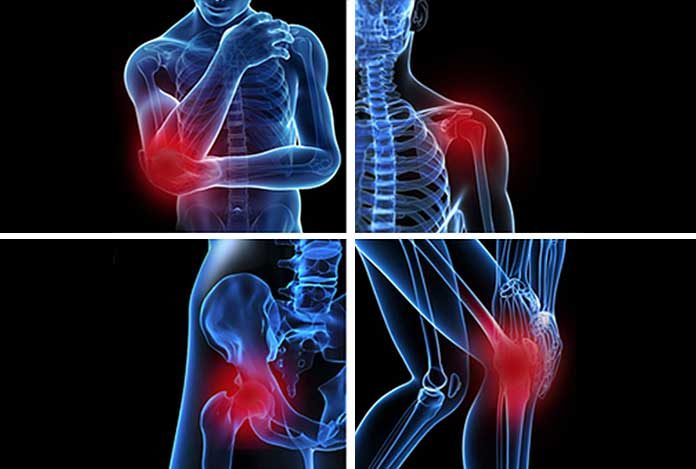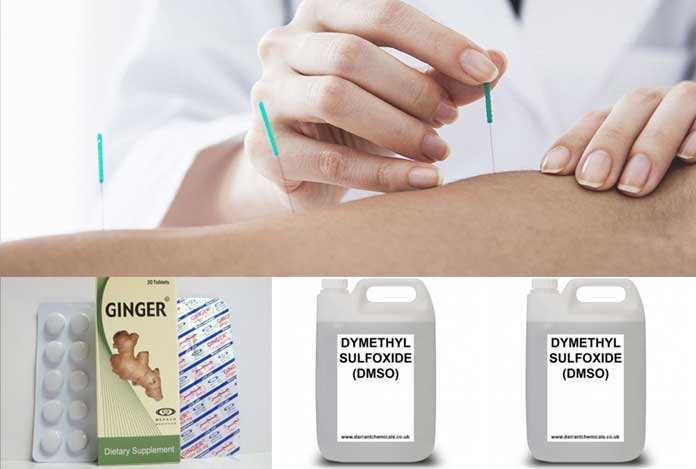
What is Bursitis?
Bursitis refers to a condition in which, there is inflammation of a bursa or multiple bursae. Bursa are small fluid-filled sacs, whose main function is to reduce friction between joints by acting as a cushion. A human body contains more than 150 bursae. Most commonly affected bursae in the body are those of elbows, shoulders, hips, but they may get affected in other parts of the body, such as knee, base of big toe and heel.
What are the Symptoms of Bursitis?
One of the characteristic symptoms of bursitis is pain that manifests as a dull ache along with the presence of stiffness around the affected area. If the affected area is moved or if pressure is applied on it, there are chances that the condition might worsen. Sometimes, the inflammation of bursae results from an infection that requires an antibiotic treatment. Medical advice should be sought if the affected area feels warm to touch, is swollen and there is redness in the skin over the joint.
What Causes Bursitis?
Generally, the injury due to repetitive use and pressure results in bursitis. For instance, people, who are baseball pitchers commonly develop bursitis of the shoulder. Similarly, people, whose work involves repetitive kneeling, develop bursitis of the knees and are known to have ‘housemaid’s knee.’ Recurring physical stress can lead to bursitis of the following areas:
1. Shoulders
When there is an injury or trauma to the rotator cuff, and the tendons and muscles connecting upper arm to the shoulder blade; shoulder bursitis occurs. Injuries resulting from lifting heavy weights or falling are some of the common reasons of bursitis of the shoulder along with repetitive use of the same.
2. Elbow
Repetitive bending and extending of the elbow result in the inflammation of bursae in the elbow region. Some of the activities causing this condition are swinging a tennis racquet or pushing a vacuum cleaner back and forth or simply leaning on the elbow.
3. Buttocks
When the bursae above the buttocks become inflamed due to prolonged sitting on a hard surface like a bike seat, buttock bursitis occurs.
4. Hip
Prolonged standing or sitting, hip injury or osteoarthritis often causes bursae of the hips to become inflamed, causing hip bursitis.
5. Knee
Inflammation of knee bursa causes a soft, egg-shaped bump to develop in front of the knee. Repetitive kneeling while reading prayers in the church, scrubbing floors, gardening, laying tiles and other such activities cause the bursa to get inflamed. If the kneecap receives a sharp blow, the bursae around the kneecap becomes inflamed. In case a person is overweight or obese or has osteoarthritis, the chances of developing bursitis in the knee and kneecap increases.
6. Ankle
When the ankle bursa becomes inflamed due to wearing wrong shoes, it gives rise to ankle bursitis.
What is the Conventional Treatment of Bursitis?
When the bursa of any region becomes inflamed, the first line of treatment involves resting the affected area and applying ice as soon as possible to avoid swelling. Medicines are also prescribed for decreasing inflammation like anti-inflammatory drugs that can irritate the stomach.
In some cases, physical therapy or exercise might be prescribed in order to provide strength to the affected muscles. Sometimes, the bursa might need surgical drainage. However, it is quite rare when the need to completely remove the bursa through surgical procedure arises.
If home remedies and over-the-counter pain medicines do not work, bursitis is treated with the help of corticosteroid injections, given locally in the bursa. While these shots can help in bringing down the inflammation, they may lower the immunity and delay healing. Due to these reasons, treatment through such drugs should only be reserved for treating severe cases only.
Natural Treatments Recommended by Dr Weil

Dr. Weil recommends that along with rest, ice application and preventing further injury to the affected area; dimethyl sulfoxide (DMSO) can be applied to promote healing of the inflamed area. DMSO is a chemical, which is synthesized from wood pulp that has a property of penetrating skin deeply.
Dr. Weil recommends using a 70% solution of DMSO for the application to the affected area with the help of absorbent cotton wool 3 times a day for 3 days. After application, it should be allowed to dry. However, if no improvement is observed, Dr. Weil suggests applying the solution 2 times a day for the next 3 days and then, finally to once a day for another 3 days. After this, the body will heal up on its own.
Dr. Weil says that DMSO will cause a warm or stinging sensation at the point of application and might even give the patient an odd, garlic-like taste in the mouth, but these are normal observations. DMSO can dissolve synthetic fibers too; therefore, patients should avoid accidental spilling on clothing and upholstery.
DMSO can be bought from any health food stores. Dr. Weil recommends diluting a 100 or 90% solution to 70% with the help of distilled water before application. Upon addition of water, the solution will start becoming hot. It should be allowed to cool before use.
Another alternative treatment that can provide symptomatic relief from bursitis is acupuncture. Dr. Weil stresses that it is much safer than anti-inflammatory drugs and steroid injections. Apart from this, 500 mg capsules of dried ginger can also be taken once or twice daily as ginger is known to possess anti-inflammatory properties.










